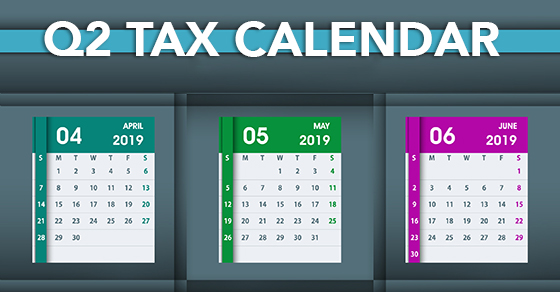
An independent quality of earnings (QOE) report can be a valuable tool in mergers and acquisitions. It’s important for both buyers and sellers to look beyond the quantitative information provided by the selling company’s financial statements.
Quality matters
There’s a lack of guidance from the American Institute of Certified Public Accountants (AICPA) regarding scope and format of a QOE report. As a result, these engagements may be customized to meet the needs of the party requesting the report.
Typically, QOE reports analyze the individual components of earnings (that is, revenue and expenses) on a month-to-month basis. The goals are twofold: 1) to determine whether earnings are sustainable, and 2) to identify potential risks and opportunities, both internal and external, that could affect the company’s ability to operate as a going concern.
Examples of issues that a QOE report might uncover include:
- Deficient accounting policies and procedures,
- Excessive concentration of revenue with one customer,
- Transactions with undisclosed related parties,
- Inaccurate period-end adjustments,
- Unusual revenue or expense items,
- Insufficient loss reserves, and
- Overly optimistic prospective financial statements.
QOE analyses can be performed on financial statements that have been prepared in-house, as well as those that have been compiled, reviewed or audited by a CPA firm. Rather than focus on historical results and compliance with Generally Accepted Accounting Principles (GAAP), QOE reports focus on how much cash flow the company is likely to generate for investors in the future.
Beyond EBITDA
Earnings before interest, taxes, depreciation and amortization (EBITDA) for the trailing 12 months is often the starting point for assessing earnings quality. To reflect a more accurate picture of a company’s operations, EBITDA may need to be adjusted for such items as:
- Nonrecurring items, such as a loss from a natural disaster or a gain from an asset sale,
- Above- or below-market owners’ compensation,
- Discretionary expenses, and
- Differences in accounting methods used by the company compared to industry peers.
In addition, QOE reports usually entail detailed ratio and trend analysis to identify unusual activity. Additional procedures can help determine whether changes are positive or negative.
For example, an increase in accounts receivable could result from revenue growth (a positive indicator) or a buildup of uncollectible accounts (a negative indicator). If it’s the former, the gross margin on incremental revenue should be analyzed to determine if the new business is profitable — or if the revenue growth results from aggressive price cuts.
We can help
Using an objective accounting professional to provide a QOE report can help the parties stay focused on financial matters during M&A discussions and add credibility to management’s historical and prospective financial statements. Contact us if you’re in the market to buy or sell a business.
© 2019










